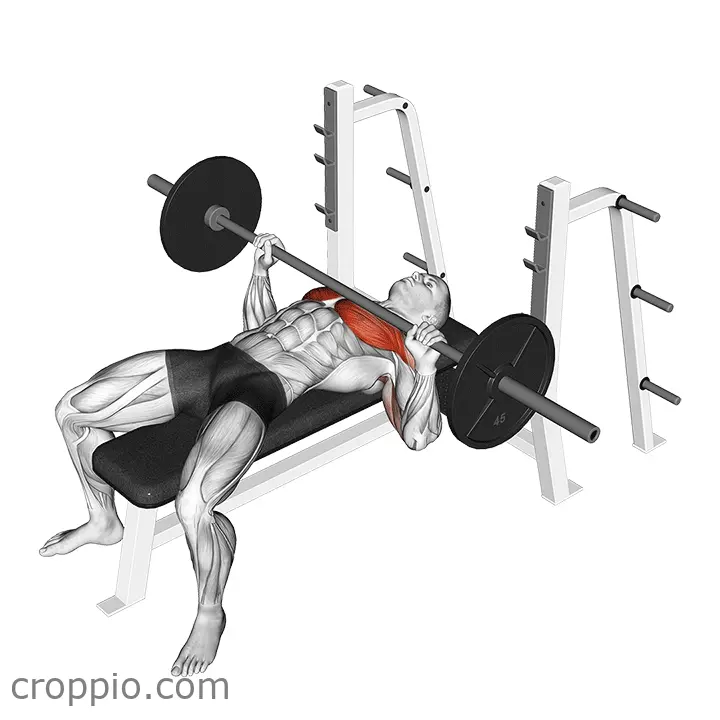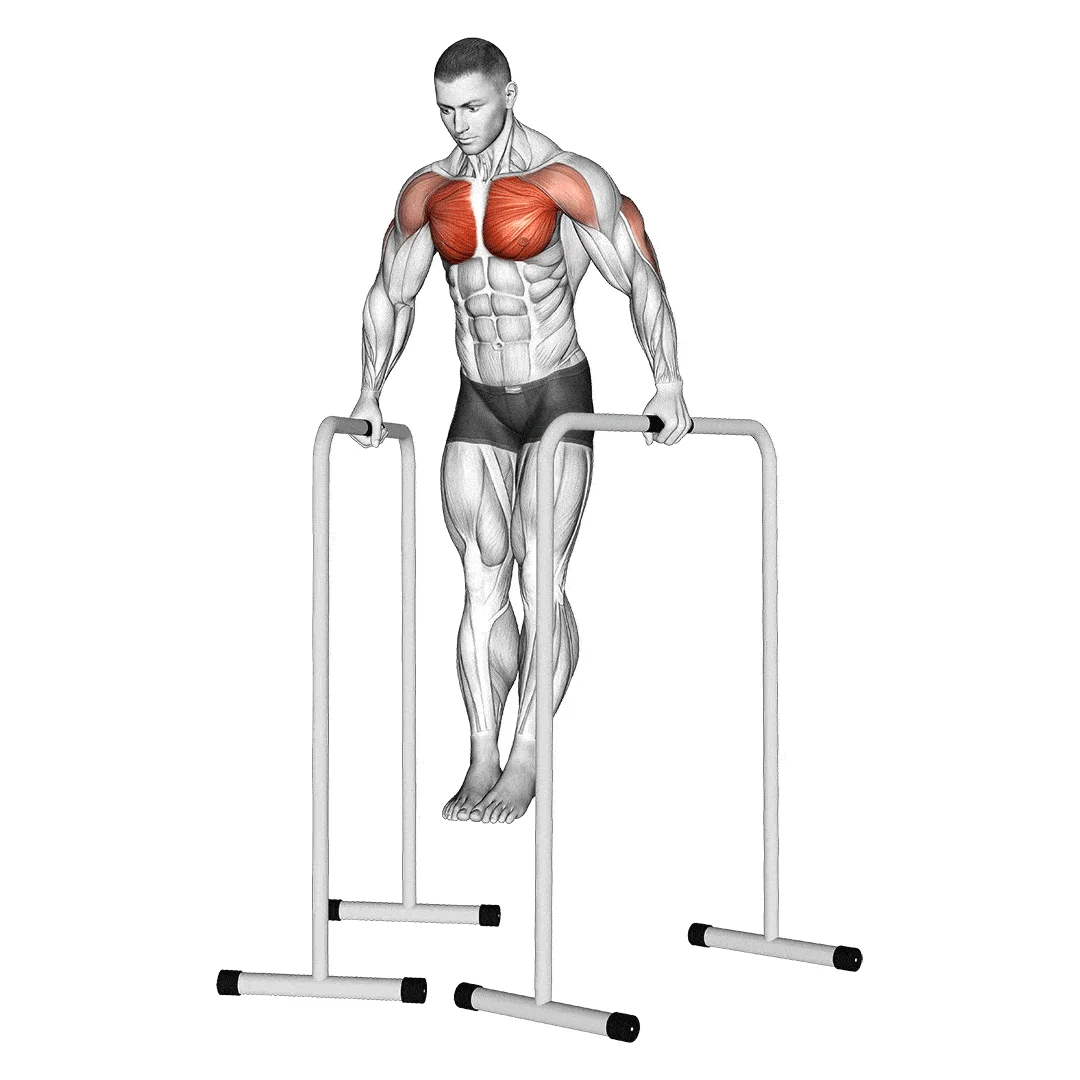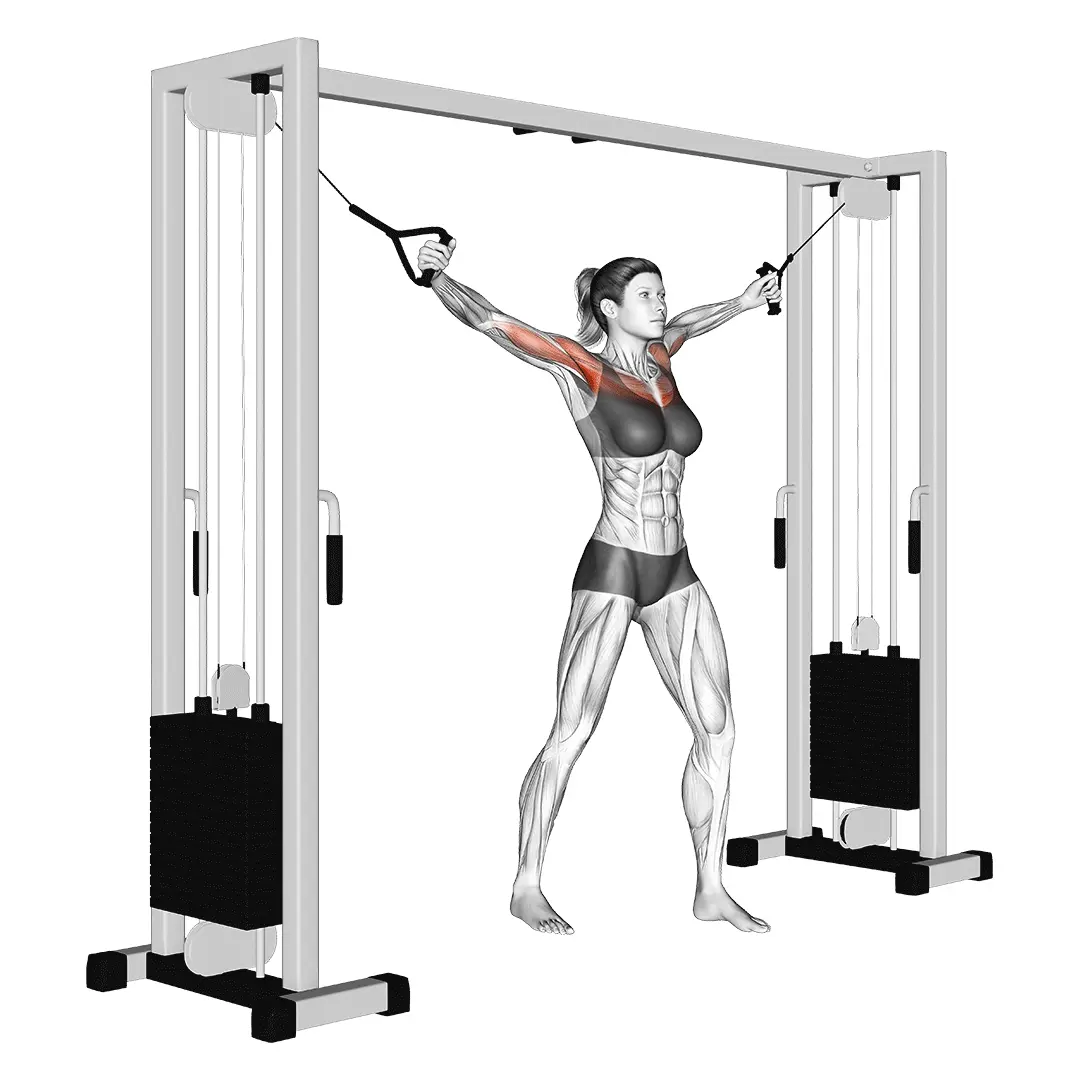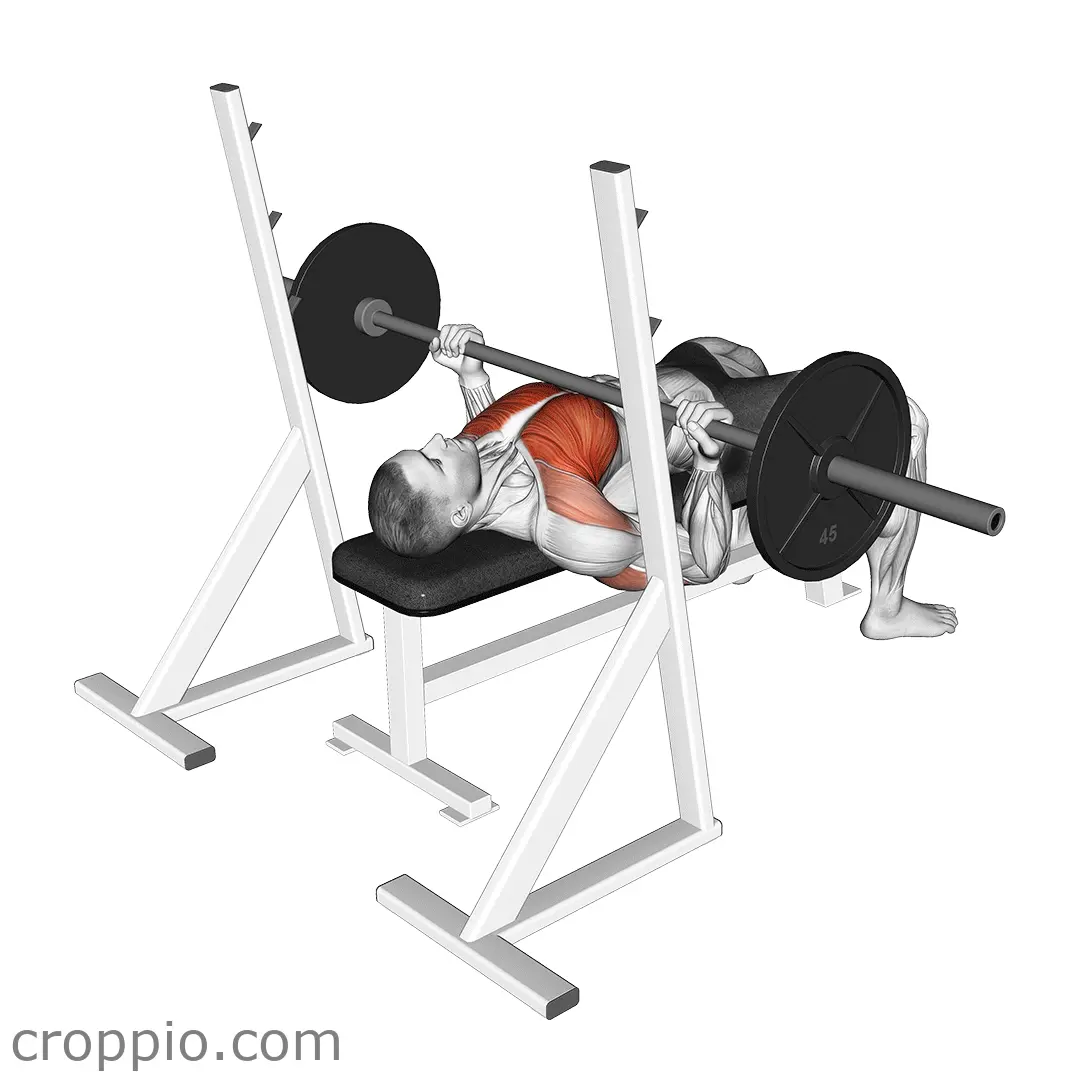Stability Ball Push Up

Muscles Involved
The stability ball push-up is an effective exercise that primarily targets the chest muscles, particularly the pectoralis major and minor. This exercise also engages the triceps brachii and the anterior deltoids as secondary muscles. Additionally, it recruits several stabilizing muscles, including the core muscles such as the rectus abdominis, obliques, and the lower back muscles, to maintain balance and stability throughout the movement.
Top Mistakes
- Dropping the hips: Allowing the hips to sag or rise too high can compromise form and lead to lower back injuries.
- Poor hand placement: Positioning the hands too far forward or too close together can affect stability and reduce the effectiveness of the push-up.
- Inconsistent breathing: Holding the breath may increase tension; instead, focus on inhaling as you lower and exhaling as you push up.
- Not maintaining a straight line: Failing to keep a straight body line from head to heels reduces core engagement and invalidates the exercise's benefits.
Execution Tips
- Start with the right ball size: Choose a stability ball that is appropriately sized for your height; when in a push-up position, your knees should rest comfortably on the ball.
- Align your hands correctly: Position your hands slightly wider than shoulder-width apart; ensure they are squarely under your shoulders for optimal balance.
- Engage your core: Tighten your abdominal muscles to maintain a stable torso, ensuring you keep your lower body and upper body in a straight line.
- Focus on controlled movements: Perform push-ups slowly and with control, lowering yourself until your chest is just above the ball before pushing back up.
Workouts
The stability ball push-up can be effectively incorporated into a circuit workout. Consider performing 3 to 4 sets of 8 to 12 reps, resting for 30 to 60 seconds between sets. This exercise can complement other movements such as dumbbell rows, planks, or lunges, providing a comprehensive strength workout targeting both the upper body and core. For beginners, starting with the knees on the ball can ease the load, while more advanced practitioners may attempt with feet on the ball for increased difficulty.
Conclusion
The stability ball push-up not only bolsters upper body strength but also enhances core stability and balance. By integrating this exercise into your routine, you can develop vital strength in multiple muscle groups while promoting improved functional movement skills. This variation of the traditional push-up is ideal for those looking to challenge their stability and strength simultaneously.



